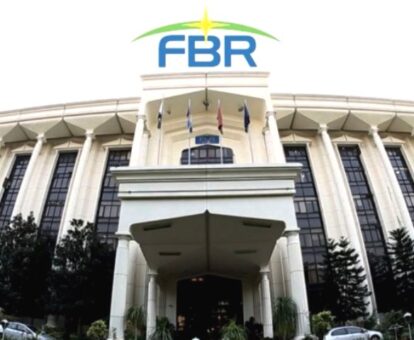Section 63 of the Sales Tax Act, 1990, sheds light on the provision of drawback in the form of sales tax repayment for goods that have been utilized between their importation and subsequent re-exportation.
The section, updated up to June 30, 2021, through the Finance Act, 2021, grants authority to the Federal Board of Revenue (FBR) to establish orders, conditions, or limitations for the repayment of sales tax as drawback on such goods. This provision seeks to balance the facilitation of international trade with the need to regulate and control the conditions under which drawback is granted.
The specific text of Section 63 is outlined as follows:
63. Drawback on goods taken into use between importation and re-exportation.– Notwithstanding anything contained in section 62, the repayment of sales tax as drawback in respect of goods which have been taken into use between importation and re-exportation shall be subject to such orders, conditions or limitations as may be passed or imposed by the Board in each case,- (a) modifying the amount of tax which shall be repaid as drawback on any such goods or class of goods; or (b) prohibiting the repayment of tax as drawback on any such goods or class of such goods; or (c) varying the condition for the grant of drawback on any such goods or class of such goods by restricting the period after importation within which the goods must be re-exported.
Key components and implications of Section 63 include:
1. Exemption from Section 62: Section 63 begins with the phrase “Notwithstanding anything contained in section 62,” indicating that the provisions of Section 62, which outlines the general principles for the drawback of sales tax, do not fully apply to goods taken into use between importation and re-exportation.
2. Authority Granted to the Board: The section grants the Federal Board of Revenue (FBR) the authority to establish specific orders, conditions, or limitations for the repayment of sales tax as drawback on goods that have been utilized between their importation and subsequent re-exportation.
3. Modifications to Amount of Tax Repaid: Subsection (a) of Section 63 empowers the Board to modify the amount of tax to be repaid as drawback on any specific goods or class of goods. This flexibility allows for adjustments to account for various factors affecting the determination of the drawback amount.
4. Prohibition of Repayment: Subsection (b) enables the Board to prohibit the repayment of tax as drawback on specific goods or a class of goods. This provision ensures that certain categories of goods may be excluded from the drawback facility based on regulatory considerations.
5. Variation of Conditions: Subsection (c) authorizes the Board to vary the conditions for granting drawback on specific goods or a class of goods. This includes the option to restrict the period within which the goods must be re-exported after importation, allowing the Board to set specific timelines to qualify for the drawback.
The inclusion of Section 63 in the Sales Tax Act, 1990, showcases a balanced approach toward regulating the repayment of sales tax as drawback for goods utilized between importation and re-exportation. The authority granted to the Board ensures that conditions are tailored to address the unique characteristics and requirements of different goods and industries.
Businesses engaged in international trade, as well as relevant stakeholders, are advised to stay informed about any specific orders, conditions, or limitations imposed by the FBR under Section 63, as these may impact the eligibility and terms for the repayment of sales tax as drawback on goods involved in import and re-export activities.
